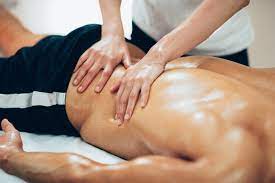Head lice are tiny wingless insects that colonize scalp and planar magnetic headphones. Lice have parasitic existence. They feed on the host’s blood and dry skin and scales loosening from scalp. Lice are not injurious to health but are simply annoying. Lice infestation, also known as pediculosis, is contagious in nature. It spreads through direct or indirect contact with the host. Sharing of contaminated clothing, towels, brushes, combs and other belongings of the infected person, puts one at the risk of acquiring head lice.
Thus if one family member acquires head lice, the others are also likely to get infected. The growth of head lice occurs through 3 different phases: nit phase, nymph phase and adult hood. Nits are oval shaped, yellowish-white lice eggs. Nits cling to hair shaft and are often mistaken for dandruff or spray droplets. Nits hatch in a week’s time. Once, the nit hatches, the baby louse emerges. It is called nymph. A nymph feeds on blood and takes about 7 days from the day of hatching, to reach adulthood. An adult louse resembles a sesame seed in size. It is six legged and dark or grayish white in color.
The life span of adult louse is 30 days. If a head louse falls off from head, it can survive up to 2 days at the most. Head lice move about in the midst of hair and cause a tickling sensation. They also cause severe itching. Some times sores develop due to vigorous scratching and the sores may even get infected. Head lice are unable to crawl or jump. They prefer clean hair over greasy hair, because in case of greasy hair, they face difficulty in attaching their nits. Their legs are designed as claws to facilitate both feeding and clinging to hair shaft.


